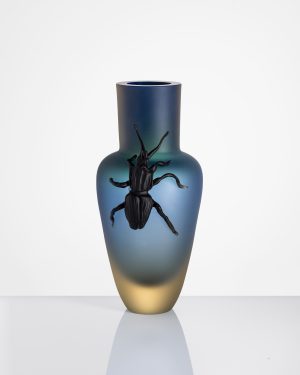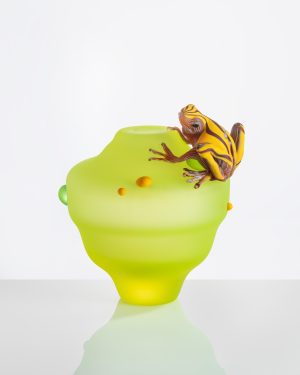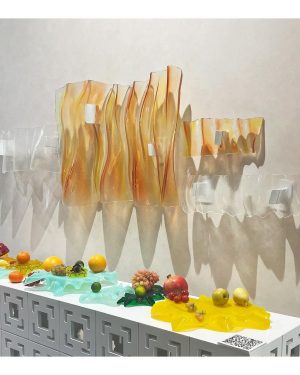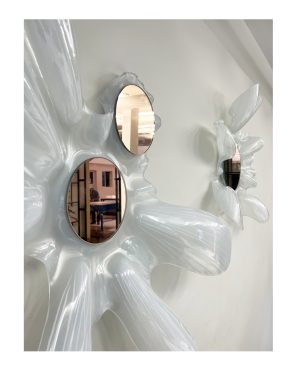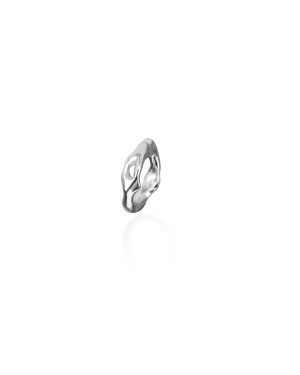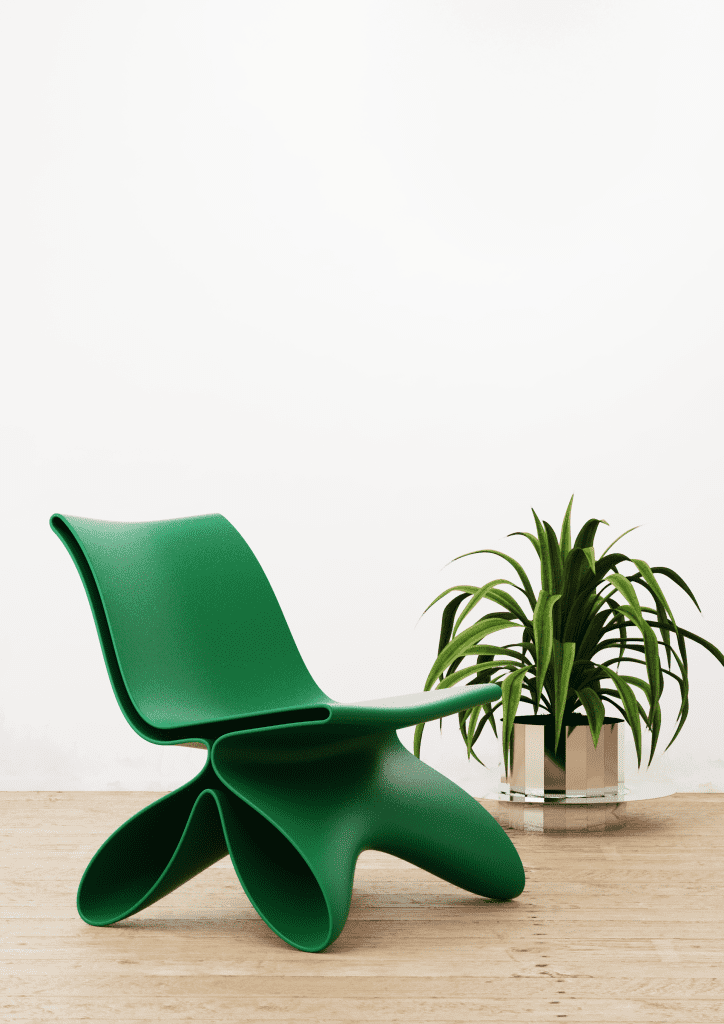

Biophilia in Design: A Connection To Nature
Explore the seamless fusion of nature and design as we delve into the captivating realm of biophilia. Just as other iconic design movements, such as Scandinavian Design, Bauhaus, and Brutalism have left their mark, biophilia represents a design approach focused on modern solutions. Biophilic Design draws inspiration from the inherent connection humans have with nature and seeks to incorporate natural elements and forms into built environments.
What is Biophilic Design?
Biophilia is the innate human tendency to seek connections with nature and other forms of life. It’s a concept that encourages humans instinctive bond with nature and inherent desire to be in and around natural environments. This idea has been influential in various fields, including architecture and design, as it emphasizes the benefits of incorporating natural elements into the built environment to improve well-being and overall quality of life.


The Origins of Biophilia
The concept of biophilia has its origins in the work of biologist and naturalist Edward O. Wilson. He introduced the term in his book “Biophilia” in 1984. Wilson proposed that humans have an innate connection to nature and other forms of life due to our evolutionary history. He argued that this deep-rooted connection to nature has profound implications for our well-being. Furthermore, that modern society’s increasing detachment from the natural world could have negative consequences. Since then, the concept of biophilia has gained traction in various fields, from psychology to architecture, highlighting the importance of incorporating nature to support physical and mental health.




See More Examples Like This: Visit Our Online Gallery of Biophilia Designs
What are the Key Concepts of Biophilia?
Biophilia encompasses several key characteristics that emphasize our innate connection to nature and the importance of integrating natural elements into our lives. Some examples of concepts include:
- Love of Nature: Biophilia is rooted in a deep love and appreciation for nature and living organisms. It recognizes that humans have an intrinsic affinity for the natural world.
- Desire for Nature: People have an inherent desire to be in natural environments, whether it’s spending time in parks, forests, or simply having houseplants indoors.
- Stress Reduction: Exposure to nature or natural elements has been shown to reduce stress and promote relaxation. Natural settings, such as forests, gardens, or bodies of water, have a calming effect on individuals.
- Positive Psychological Impact: Interactions with nature can lead to improved mental well-being. It has been linked to reduced symptoms of anxiety, depression, and increased overall happiness.


Current Functions in Contemporary Art and Design
Contemporary art and design have embraced the concept of Biophilia with open arms. This holistic approach blurs the lines between the natural world and human-made environments, giving rise to innovative creations that fuse sustainability, aesthetics, and functionality. Artists and designers today draw inspiration from the intricate patterns of nature, integrating elements such as living walls, sustainable materials, and biomimetic forms into their work.
Biophilia revolves around several key concepts aimed at reinforcing the inherent human connection to nature within designed environments. Here are the key concepts of biophilia:
- Naturalistic Elements: Incorporating elements such as plants, water, and natural light.
- Biomimicry: Designing products, systems, and processes modeled on biological entities and processes.
- Organic Forms and Patterns: Using nature-inspired patterns, shapes, and textures.
- Material Connection with Nature: Utilizing natural materials such as wood, stone, and glass.
- Sensory Variability: Engaging the senses with variations in light, sound, and touch.
- Fractal Patterns: Incorporating complex self-similar patterns observed in nature.
- Prospect and Refuge: Designing spaces that offer both broad views (prospect) and enclosed, private spaces (refuge).
- Biophilic Materials: Exploring innovative, sustainable materials, for example mycelium, which are derived from or inspired by living organisms.
- Enhanced Well-being: Focusing on creating environments that support human health, well-being, and comfort.
- Integration of Technology and Nature: Merging cutting-edge technology with nature-inspired designs to create harmonious and sustainable solutions.
- Sustainability: Emphasizing ecological balance, resource conservation, and environmental responsibility in design decisions.
- Human-Nature Interaction: Fostering direct and indirect interactions with nature and natural processes.
Together, these concepts aim to create environments that are harmonious, nurturing, and reflective of the natural world, benefiting both well-being and ecological sustainability.
The Impact of Biophilic Design on the Art World
Biophilia has made a profound impact on the art world, reshaping the way artists conceptualize and create their works. It has led to the emergence of eco-conscious art forms that not only depict nature but also interact with it. Installations that incorporate living plants, sculptures from sustainable materials, and artworks inspired by the beauty and fragility of the natural world have become prominent. Biophilic art not only raises environmental awareness but also fosters a deeper connection between viewers and the environment. In an era marked by environmental concerns, the impact of Biophilia on the art world reflects a growing need to celebrate, protect, and coexist with nature through artistic expression.


Conclusion
In conclusion, Biophilia has transcended from a mere concept to a driving force in contemporary art and design. Its influence can be seen in the seamless integration of nature into artistic creations, reflecting a profound respect for the environment. Artists and designers continue to explore new ways to connect with nature and convey its significance in our lives. As we navigate an ever-changing world marked by environmental challenges, Biophilia offers a path to not only appreciate the beauty of the natural world but also to inspire sustainable practices and a harmonious coexistence with our planet. This enduring connection between art, design, and nature reaffirms the timeless relevance of Biophilia in contemporary creativity.




Discover Biophilia on Adorno
-

 Erode Console – Cerused White Oak€8.650
Erode Console – Cerused White Oak€8.650 -

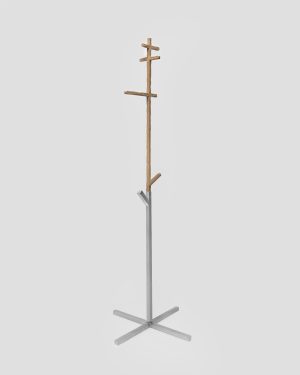 Forge And Sprout – Coat Stand€1.379 incl. tax
Forge And Sprout – Coat Stand€1.379 incl. tax -
Piece on sale

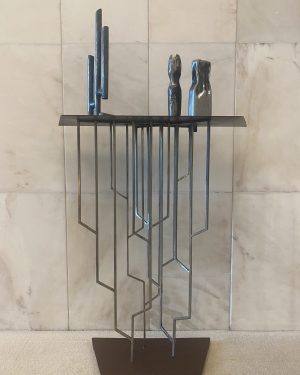 Genesis – Steel Console Table€3.800 incl. tax
Genesis – Steel Console Table€3.800 incl. tax -

 A Beautiful Mind – Sculptural Organic Stone Mirror€4.500 incl. tax
A Beautiful Mind – Sculptural Organic Stone Mirror€4.500 incl. tax -

 Ticka – Fungi Wall Shelf€313 – €563 incl. tax
Ticka – Fungi Wall Shelf€313 – €563 incl. tax -

 Jack’s Vase – Blown Glass€753 – €1.984
Jack’s Vase – Blown Glass€753 – €1.984 -

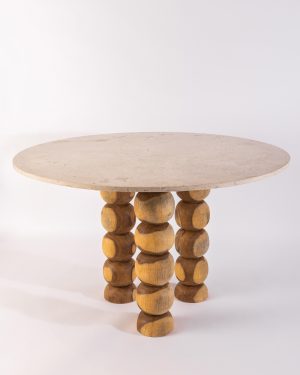 Latte Dining Table – Jabin Wood / Travertine€4.408 incl. tax
Latte Dining Table – Jabin Wood / Travertine€4.408 incl. tax -

 Hatch – Eggshell Pendant€1.800
Hatch – Eggshell Pendant€1.800 -

 Hedera – Oak Wood Medium Wall Shelf€1.800 incl. tax
Hedera – Oak Wood Medium Wall Shelf€1.800 incl. tax -

 “Weaver Nest” Bio Plastic Suspension Lamp€5.000 incl. tax
“Weaver Nest” Bio Plastic Suspension Lamp€5.000 incl. tax -

 Stem – Teak Wood / Brass Floor Lamp€3.000 incl. tax
Stem – Teak Wood / Brass Floor Lamp€3.000 incl. tax -


 Zm Tezontle Volcanic Stone Floor Lamp€3.525 incl. tax
Zm Tezontle Volcanic Stone Floor Lamp€3.525 incl. tax -

 Arresø – Wool Landscape Rug€3.125 incl. tax
Arresø – Wool Landscape Rug€3.125 incl. tax -

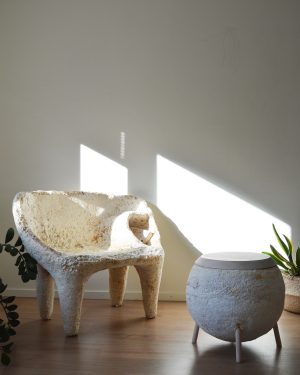 Zwampen – Mycelium Lounge Chair€12.500
Zwampen – Mycelium Lounge Chair€12.500 -

 I Still Hold The Past – Bookshelf€2.875 incl. tax
I Still Hold The Past – Bookshelf€2.875 incl. tax -

 Insect Table – Recycled Aluminum / Smoked Glass€7.000 incl. tax
Insect Table – Recycled Aluminum / Smoked Glass€7.000 incl. tax -

 Object 00€3.750 incl. tax
Object 00€3.750 incl. tax -

 Flax – Biodegradable Ceiling Lamp€126 incl. tax
Flax – Biodegradable Ceiling Lamp€126 incl. tax -

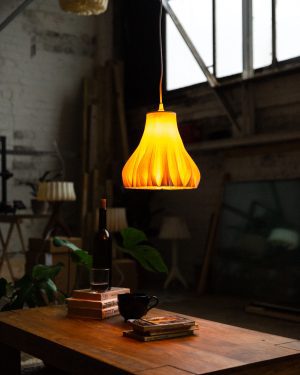 H 1 L – Bio Polymer Pendant Lamp€313 incl. tax
H 1 L – Bio Polymer Pendant Lamp€313 incl. tax -

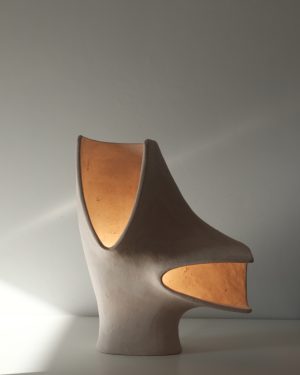 Taruh – Handcrafted Clay Table Lamp€900
Taruh – Handcrafted Clay Table Lamp€900 -

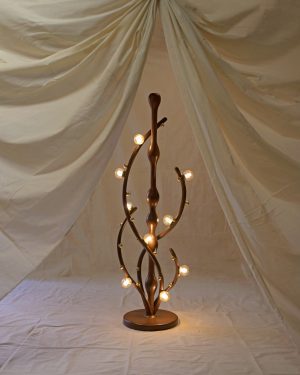 Tendril – Teak Wood / Brass Floor Lamp€7.500 incl. tax
Tendril – Teak Wood / Brass Floor Lamp€7.500 incl. tax -

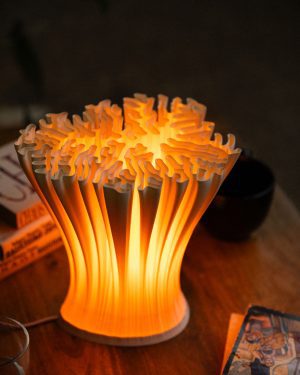 S 5 – Bio Polymer Table Lamp€313 incl. tax
S 5 – Bio Polymer Table Lamp€313 incl. tax -

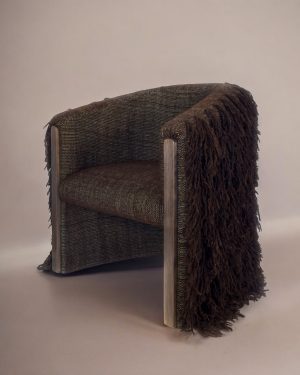 Black Hilana Wool Chair€4.999 incl. tax
Black Hilana Wool Chair€4.999 incl. tax -

 Into The Inferno – Hand Sculpted Sandstone & Petrified Wood Coffee Table€7.731 incl. tax
Into The Inferno – Hand Sculpted Sandstone & Petrified Wood Coffee Table€7.731 incl. tax
